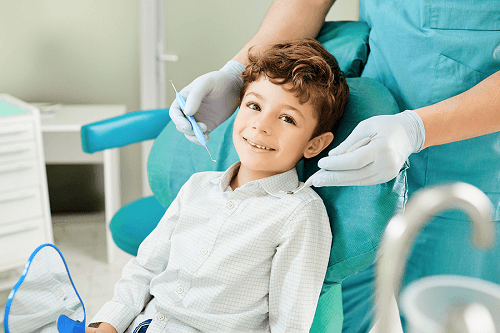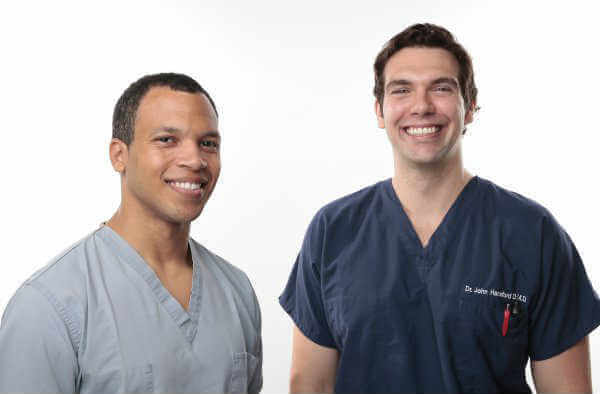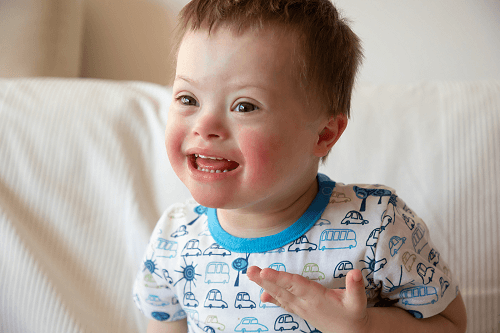No Tears. No Worries.
Safe Anesthesia
For Pediatric Dentistry
A More Pleasant Dental Experience
For many children (as well as adults), dental procedures create tremendous anxiety. Sedation removes that fear and results in a more pleasant dental experience.


Safety Is Our #1 Objective
Using a two provider model offer maximum safety. That means one specialist focuses on dentistry, the other specialist focuses on sedation. When one person attempts to do both, it's like texting while driving -- the chances of an adverse outcome increase.
Special Needs Children
Dental care can be difficult to deliver to people with autism, Down's syndrome or other developmental disorders. Strapping a patient to a dental chair can be traumatic and turn into a disaster. Sedation solves that problem.

